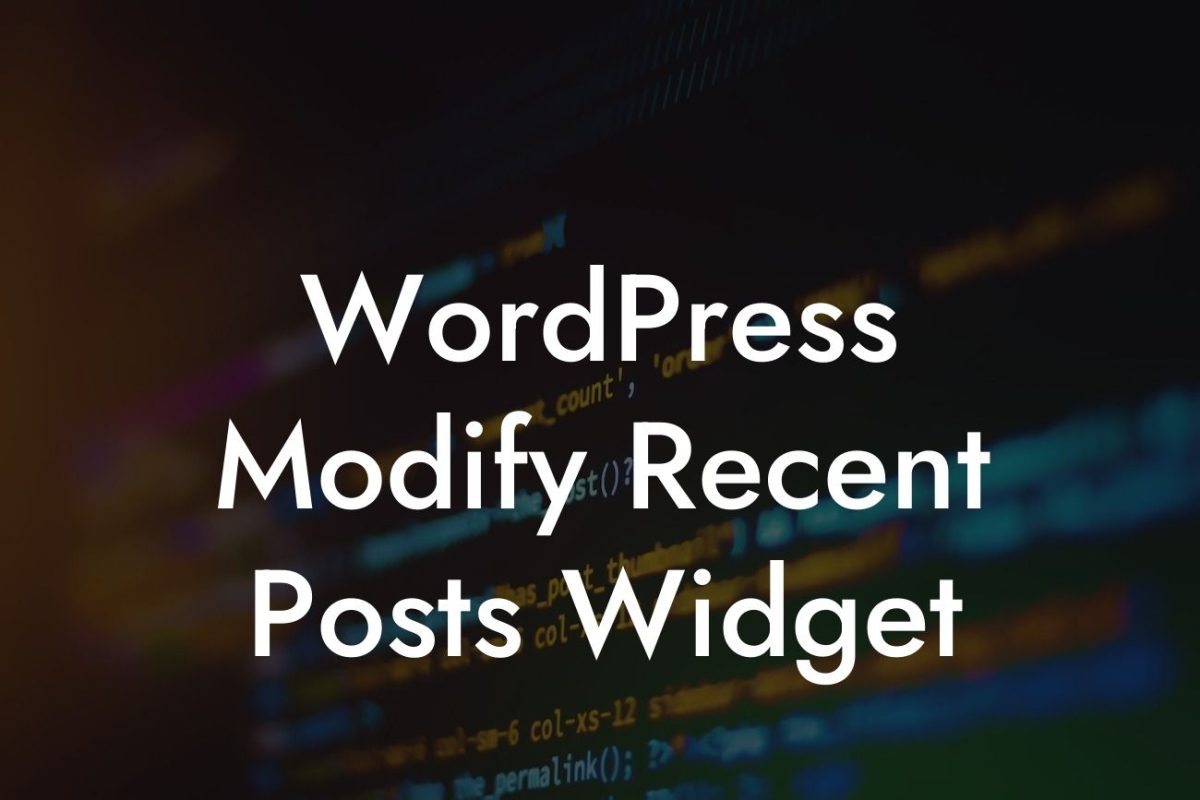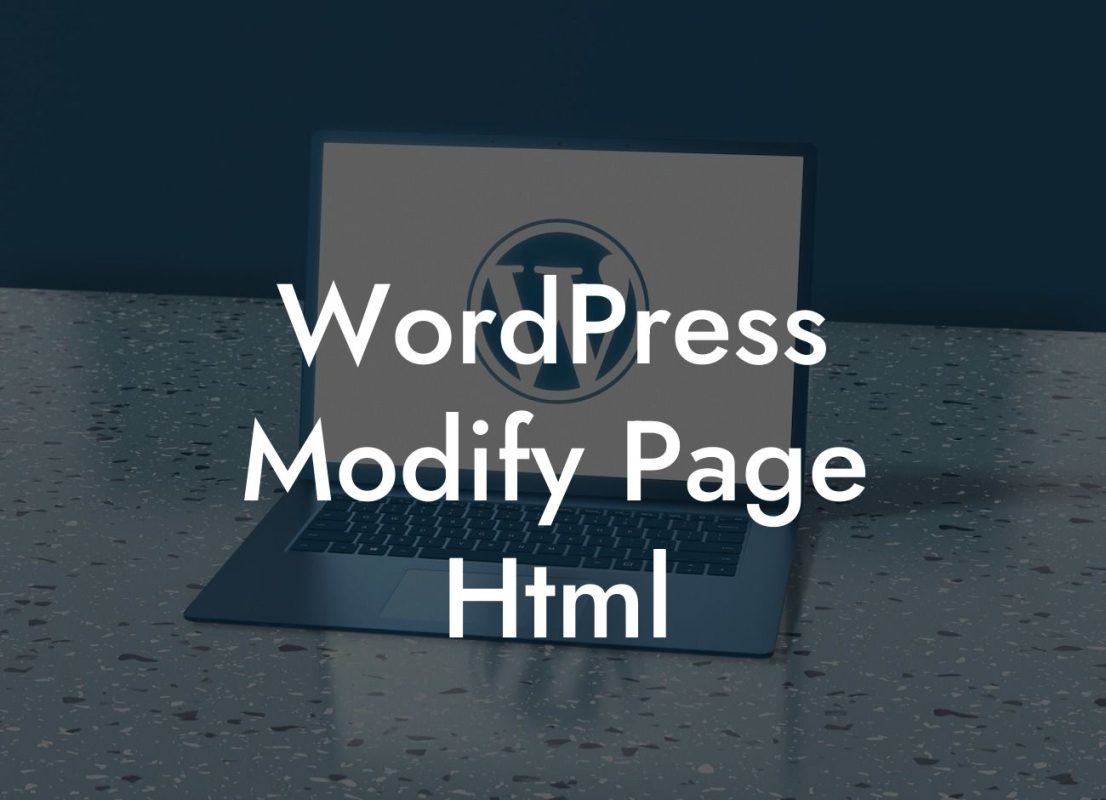Categories play a vital role in organizing your WordPress website and improving user navigation. By default, WordPress provides a simple category structure, but what if you want to customize it and make it more attractive? In this article, we will dive into the world of category customization and unleash the potential to take your website to the next level.
Customizing categories can greatly enhance your website's organization and user experience. Let's explore some ways to achieve this:
1. Add Custom Styling to Categories:
With the help of CSS, you can add unique styling to your categories. Whether it's changing the font style, color scheme, or adding custom icons, CSS allows you to tweak the appearance to match your brand identity. Use the appropriate H2 or H3 heading tags to define clear sections within this sub-topic.
2. Create Unique Category Templates:
Looking For a Custom QuickBook Integration?
WordPress allows you to define specific templates for individual categories. This means you can have different category layouts based on their nature. For example, if you have a "Recipes" category, you can have a template specifically designed for displaying recipes. This helps in creating a seamless user experience throughout your website.
3. Customize Category URLs:
By default, WordPress includes the category name in the URL structure. However, you can modify this for better SEO and user-friendliness. For instance, if your category is "Web Design Tips," you can customize the URL to be more concise and SEO optimized like "yourwebsite.com/tips/web-design."
4. Add Custom Fields to Categories:
Custom fields allow you to include additional information or metadata specific to each category. This is useful for providing additional details, such as a category description, banner image, or custom sidebar content.
5. Implement Advanced Category Navigation:
Enhance user experience by implementing advanced navigation for your categories. This can include dropdown menus, mega-menus, or tabbed navigation, depending on the complexity and size of your website.
How To Customize Categories In Wordpress Example:
Imagine you run an online store selling various clothing items. Instead of using generic categories like "Men's" and "Women's," you can customize them to be more specific such as "T-Shirts," "Dresses," or "Accessories." With this customization, your customers can easily find what they're looking for, improving their overall shopping experience and driving conversion rates.
Now that you have learned how to customize categories in WordPress, it's time to put your knowledge into action. Take advantage of DamnWoo's selection of powerful WordPress plugins tailored for small businesses and entrepreneurs. Our plugins are designed to elevate your online presence and supercharge your success. Don't settle for ordinary, embrace the extraordinary. Share this article with others who can benefit from this valuable information and explore other guides on DamnWoo for further insights. Start customizing your categories today and watch your website soar to new heights.













